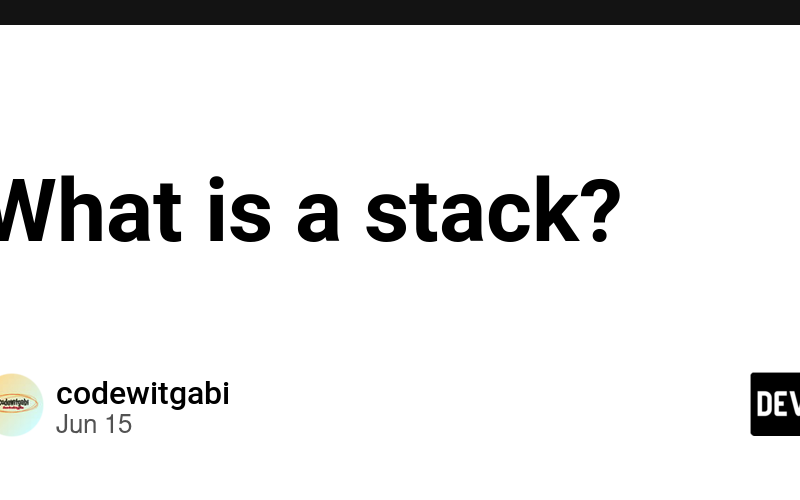17
Jun
Problem description & analysis: Data in the column below has three layers: the 1st layer is a string, the 2nd layer is a date, and the 3rd layer contains multiple time values: A 1 NAME1 2 2024-06-03 3 04:06:12 4 04:09:23 5 08:09:23 6 12:09:23 7 17:02:23 8 2024-06-02 9 04:06:12 10 04:09:23 11 08:09:23 12 NAME2 13 2024-06-03 14 04:06:12 15 04:09:23 16 2024-06-02 17 12:09:23 18 17:02:23 Enter fullscreen mode Exit fullscreen mode We need to identify the three layers of data correctly and convert them to a standardized table: D E F 1 NAME1 2024-06-03 04:06:12 2…










